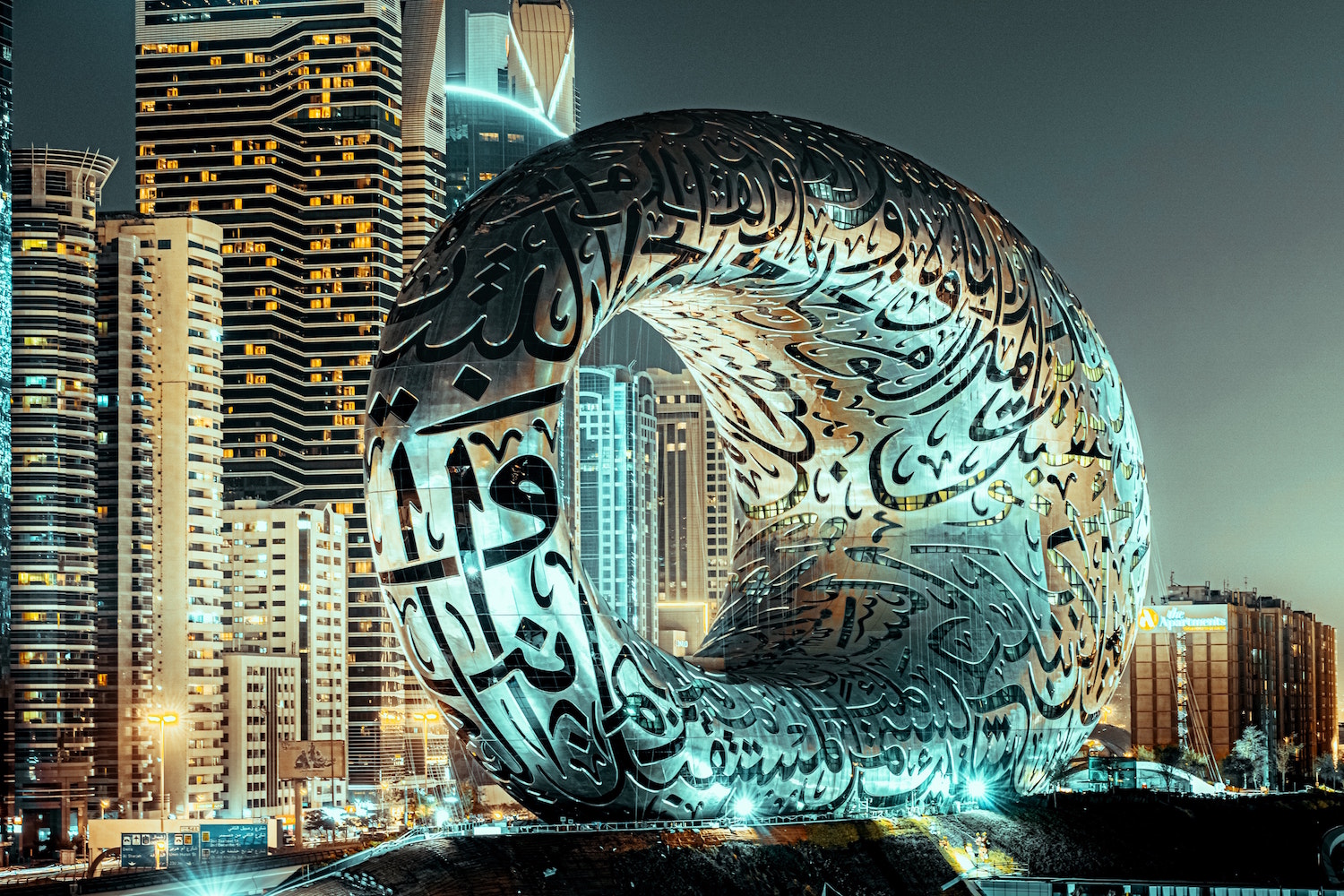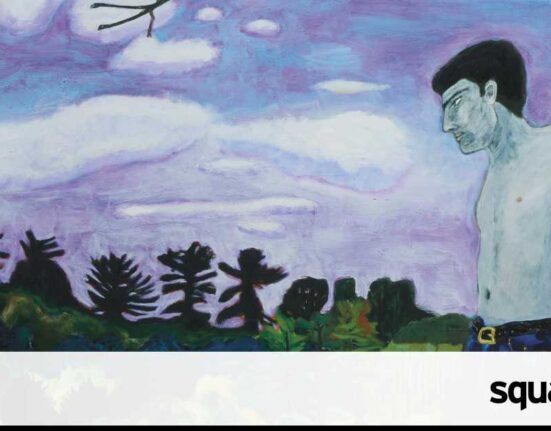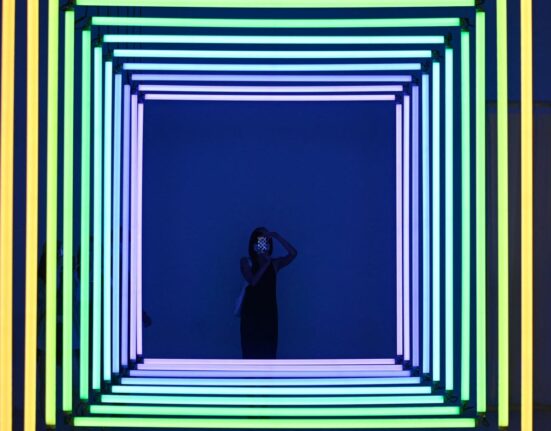Art World
Here are 6 takeaways from the latest Cultural Infrastructure Index.
©Denys Gromov/ Pexels
It’s an encouraging sign for the post-pandemic art world. Global investment in cultural infrastructure returned to pre-pandemic levels last year, with total costs of completed and announced projects in 2022 hitting an estimated overall value of $15.1 billion. That’s according to the latest annual Cultural Infrastructure Index report from AEA Consulting, which just released the 2022 edition.
The report, now in its seventh year, measures investment in capital projects in the cultural sector around the world, which must have a budget of $10 million or more to be considered.
In total, the 185 projects completed in 2022 represented $7.8 billion in investment, and the estimated cost for the 225 newly announced projects is $7.3 billion. A long-term view indicates that this growth will likely continue, even following the wave of the post-Covid rebound in 2021.
A total of 211 large-scale cultural infrastructure projects were completed in 2021, with a total value of $11.2 billion—the highest annual volume and value of completed projects recorded since AEA Consulting began tracking the projects in 2016. It was a significant bounce back from a dip in 2020 when only 104 projects were completed with a value of $5.7 billion, according to that report.
House of Music Hungary, Budapest, Hungary
©Evgeniy Fesenko/ Alamy Stock Photo
The index provides information and tracks trends on the number, type, location, and budgets of cultural infrastructure projects announced and completed every year, tracking trends across project types as well as uses, geographical spread, and year-on-year changes. Here are six additional key takeaways from the report.
Total Investment Is Up Significantly But Completed Projects Dipped Slightly
Both the number and overall cumulative value of projects is on the rise: 225 projects announced in 2022, a 30 percent increase from 172 in 2021. The value increased by 13 percent, to $7.3 billion, from $6.5 billion. A total of 185 projects were completed in 2022, and, although this marks a dip from 211 completed in 2021, it is still a vast improvement over the 104 projects completed in 2020 and represents $7.8 billion in investment.
Dance House Helsinki, Helsinki, Finland
©Marc Goodwin
Money Continues to Flow to Museums and Galleries
Museums and galleries continue to dominate investments. However, for the first time, slightly more multifunction arts venues began construction than performing arts centres (84 multifunction vs. 81 performance). The number of announced multifunction venues was up 52 percent from 2021. The development of cultural districts also shows signs of growth—while still a minority of projects by volume and value, the number of announced projects increased by 47 percent to 27.
Museum of Islamic Art, Doha, Qatar
©Mohamed Imran / Pexels
Top Firms for 2022
The most frequently engaged architectural practices in the 2022 Index were Beyer Blinder Belle, Kengo Kuma and Associates, and Snøhetta, with four projects each. Since 2016, the most frequently engaged practices on projects in the Index have been Kengo Kuma and Associates (14 projects), David Chipperfield Architects (13 projects), and Herzog & de Meuron (11 projects).
Top Projects By Value
The top three highest value projects completed in 2022 were: the Dr. Phillips Center for the Performing Arts in Orlando, Florida ($610 million); the National Museum of Norway in Oslo ($576 million); and the Lincoln Center David Geffen Hall in New York ($550 million). Meanwhile, the top three announced projects by value are: Powerhouse Ultimo in Sydney ($335 million); the National Archaeological Museum in Athens ($329 million); and Wuxi Symphony Hall ($326 million).
Top Regions and Stellar Growth in India
While the majority of investment can be traced to a handful of countries, with Australia, China, the U.K. and the U.S. accounting for $10 billion of total investment, or 66 percent of the total, there is notable growth visible elsewhere, particularly in India, where investment more than tripled to $235 million from $51 million.
Culturespaces Fabrique des Lumières, Amsterdam, Netherlands © Xinhua / Alamy Stock Photo
The Immersive Element
This year’s Index also provided a closer look at the rise of immersive and digital cultural experiences, examining the specific needs and opportunities of purpose-built venues. Recent projects include: Meow Wolf’s interactive supermarket in Las Vegas (a $40 million project); Culturespaces’ Fabrique des Lumières in Amsterdam (a $13 million redevelopment); teamLab Phenomena Abu Dhabi; and Lightroom and ABBA Arena, both in London. The six-year production and construction of the ABBA arena cost $175 million, according to the report.
“Purpose-built venues designed to accommodate immersive and digital experiences are appearing around the world, quickly becoming cultural and entertainment anchors of their respective neighborhoods,” the report says.
The authors predict that digitally-driven experiences will evolve in line with advances in technology and, as prices drop and the technology becomes more available, the venues will become more wide-spread.
Business models will need to adapt, however. “The combined cost of flexibly designed venues and the technology required to deliver immersive experiences requires models that can maintain visitor interest and ticket sales to recuperate costs. Interest in immersive from a broad spectrum of commercial brands seeking new routes to connect with audiences will bring opportunities for new forms of creative partnerships.”
More Trending Stories:
Follow Artnet News on Facebook:
Want to stay ahead of the art world? Subscribe to our newsletter to get the breaking news, eye-opening interviews, and incisive critical takes that drive the conversation forward.







